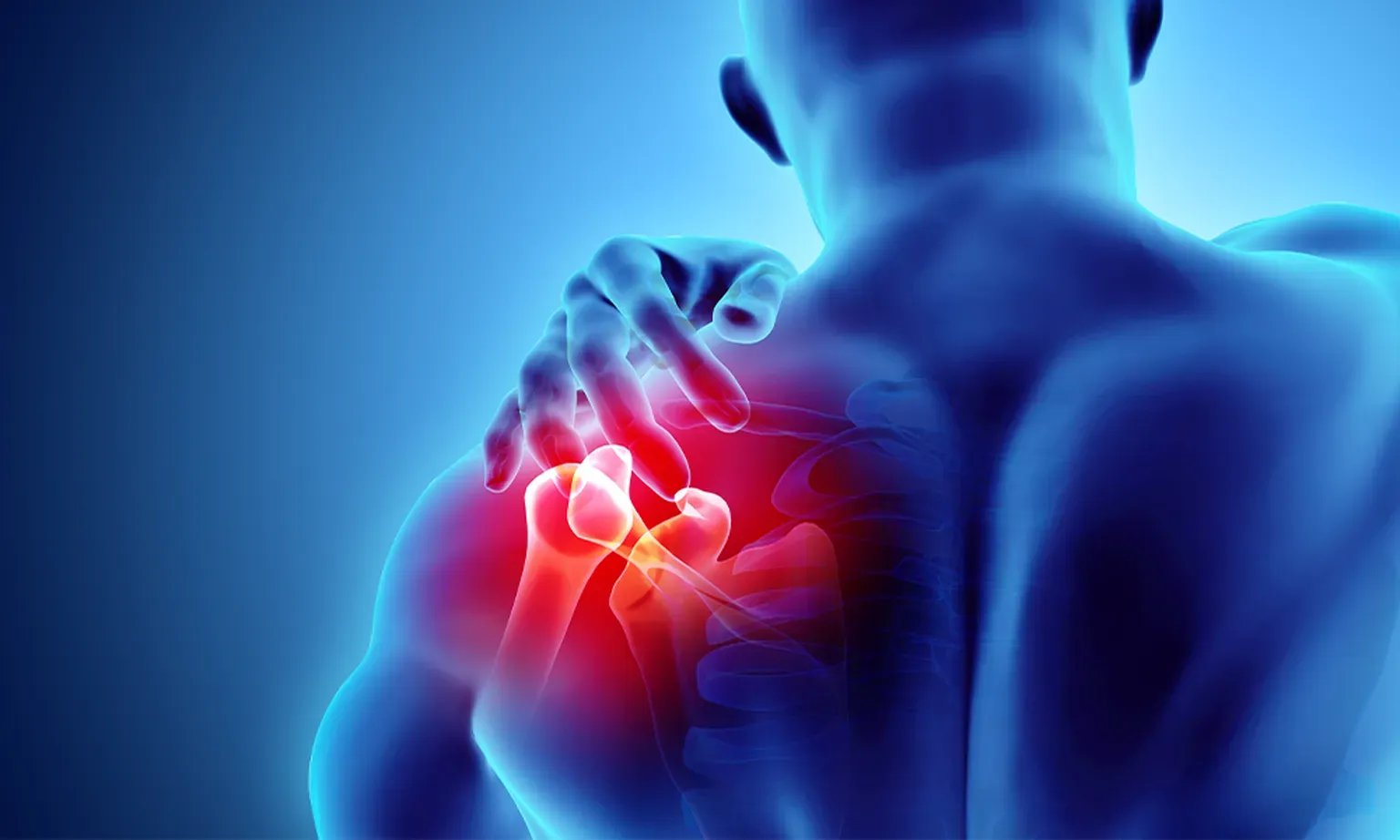Shoulder Arthritis

After the knee and hip, your shoulder is the third most common joint to develop arthritis. Board-certified orthopedic surgeon Paul Codjoe, MD, is an expert in caring for all aspects of your shoulder, including creating customized treatment plans that maintain optimal movement even when you have shoulder arthritis. To schedule an appointment, call the New Jersey office nearest you in Hamilton, Princeton, or Lawrenceville, or contact the office in Langhorne, Pennsylvania. You can also book an appointment online.
Shoulder Arthritis Q & A
What type of shoulder arthritis might I develop?
The joint where your arm bone fits into the shoulder blade, called the glenohumeral joint, is the primary shoulder joint. However, your shoulder has more than one joint. While they can all become arthritic, the one most likely to end up with arthritis is the acromioclavicular joint.
The acromioclavicular joint occurs where the highest point of your shoulder blade meets the collar bone (clavicle). When arthritis affects this joint, it’s usually osteoarthritis.
Shoulder osteoarthritis develops as cartilage that covers the bone’s surface gradually degenerates. The degeneration occurs in everyone over years of using their shoulder, but your chances are higher if you engage in repetitive overhead movements or contact sports.
As time goes on, the cartilage progressively wears away, exposing the bone and allowing the bones to grate against one another when they move.
What symptoms develop due to shoulder arthritis?
Your rotator cuff includes four muscles and their tendons. These soft tissues hold the upper arm in the shoulder socket and are also responsible for arm movement.
Daily arm movement places intense stress on the rotator cuff tendons, making them vulnerable to tears. A large, long-standing rotator cuff tear often leads to rotator cuff arthritis (rotator cuff tear arthropathy).
The damaged rotator cuff can’t keep holding the arm in the socket. As a result, the upper arm bone moves upward and rubs against the top of your shoulder blade. That damages the cartilage and leads to osteoarthritis.
You have a higher chance of developing shoulder arthritis with a previous shoulder injury, engaging in activities that require overhead lifting, playing high-impact sports, or a family history of osteoarthritis.
What symptoms develop due to shoulder arthritis?
Acromioclavicular joint osteoarthritis causes symptoms such as:
- Pain in the front and top of your shoulder
- Difficulty reaching your arm across your body
- Pain when reaching behind your back
- Pain when reaching overhead
- Pain radiating into your arm
- Shoulder catching
- Popping or clicking sounds
- Muscle weakness
- Shoulder stiffness
- Limited movement
The pain typically gets worse after activities like tennis or weightlifting.
How is shoulder arthritis treated?
Treatment for all types of shoulder arthritis begins with conservative care such as:
- Physical therapy
- Limiting activities that increase shoulder pain
- Anti-inflammatory medications
- Cortisone injections
- Topical pain relievers
- Hyaluronic acid injections
- Hot and cold compresses
If your shoulder pain doesn’t improve, Dr. Codjoe may recommend surgery. For acromioclavicular joint osteoarthritis, he performs resection arthroplasty. During the procedure, he removes a small piece of the collar bone. That creates more space and prevents the bones from rubbing together.
Surgery for rotator cuff arthropathy usually involves a reverse shoulder joint replacement. When you have rotator cuff damage, this type of joint replacement allows other muscles to move your arm by reversing the ball and socket. Your upper arm becomes the new socket, and the old socket is replaced with a prosthetic ball.
If you need help with shoulder arthritis, call Paul Codjoe, MD, or book an appointment online today.